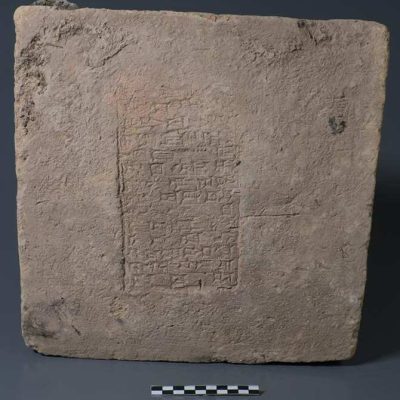Archaeologists from the University of Cambridge have used ground-penetrating radar to create a detailed map of the ancient Roman city of Falerii Novi. The technique allowed them to uncover surprising details that would have otherwise required extensive excavation. The radar was pulled across the site by quads, and was able to detect ruins up to three metres deep. The team was able to survey the city, which is about half the size of Pompeii, much more quickly than traditional methods would have allowed. The radar produced an image every 12.5 centimetres, which was later combined with satellite data to create a complete picture of the city.
The technique is similar to normal radar, with buildings and other large objects reflecting the radar waves and allowing the archaeologists to reconstruct the city layout. The team was able to uncover some surprising details about Falerii Novi, which is located 50 kilometres north of Rome. The city’s construction was found to be less standardised than other Roman cities of the same era, and the radar revealed some unusual buildings, including a large public bath complex. The team is now developing an automated process to handle the large amounts of data generated by the radar, which could be used to survey other important cities such as Nikopolis in Greece or Milet in Turkey.
The project was the first time that ground-penetrating radar had been used to map an entire Roman city. The technique allowed the team to survey the city much more quickly than traditional methods, and without the need for extensive excavation. The team was able to uncover some surprising details about the city’s construction, including some unusual buildings that would have been difficult to detect using traditional methods. The team is now working on an automated process to handle the large amounts of data generated by the radar, which could be used to survey other important cities in the future.










